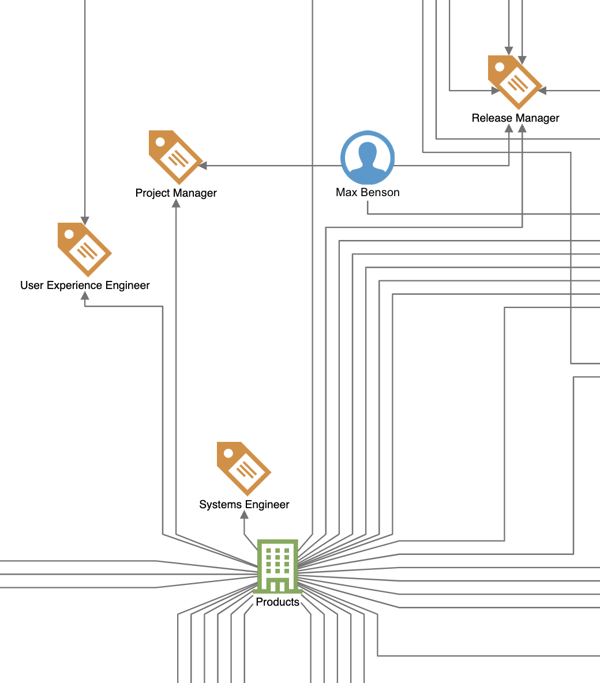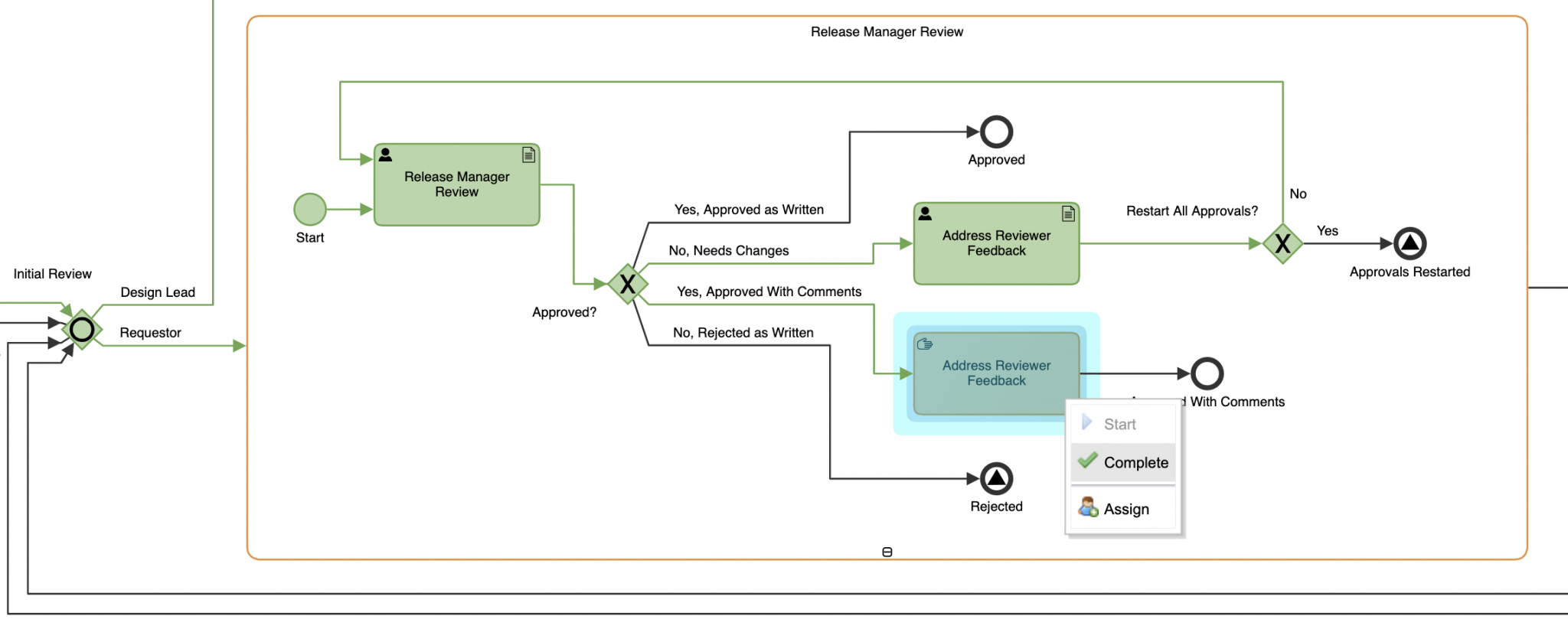Tom Sawyer Software faces organizational challenges common to businesses like ours. We are a globally distributed company with large, diverse teams managing complex projects with tight deadlines and competing priorities. Sprinkle in time zone differences and communication challenges, and even the simplest of projects becomes difficult to manage. Using the power of Tom Sawyer Perspectives and Business Process Model and Notation (BPMN) 2.0 developed by the Object Management Group (OMG), we developed Tom Sawyer Business Process and began our journey to operational efficiency.

For years, organizational processes lived in managers’ heads or were scattered in documents. We battled to understand the status of dozens of ad hoc and interdependent tasks, or worse, had to reinvent processes when there was staff turnover. While we continued to meet our goals, the need for a better strategy was apparent. We wanted:
- Clearly defined roles and role assignments
- Documented processes and a map of their interdependencies
- The ability to track progress of process instances in real time
- Effective task management
To accomplish this, we segmented Tom Sawyer Business Process into three distinct modules:

Setting the Stage: Business Process Administration
Business Process Administration is the operational center for managing departments, users, roles, and permissions. While you can manually configure your organizational structure and roles, we used the Active Directory integration, making it easy to maintain a single permission scheme across our many internal systems. The User Role graph visualization snippet below shows two of several roles in the Products department that are associated with Max Benson.

Clearly defining a department’s roles and, in turn, each person’s roles within that department creates a sense of ownership and the line of overall responsibility becomes clearer. Besides understanding where the buck stops, it reduces confusion and prevents processes from floundering, or worse, failing.
Writing the Script: Business Process Modeling
Next, we used Business Process Modeling to build and visualize the intricate company-wide map of processes. We gradually cleared up the confusion and brought structure to our once ad hoc tasks. Departments became engaged in defining their processes and proactively work to refine and improve them.

Our Requirements Review process proved to be a challenge with its multiple reviewers including Release Manager, Product Manager, Design Architect, and various subject-matter experts. The flexibility of BPMN 2.0 allowed us to model this complex review process to accommodate various outcomes including feedback loops, rewrites, requirements rejection, or even rejection of the feature entirely. While the process is complex, it eliminates the question “What next?”
Show Time: Business Process Execution
So, it’s time to move from the planning stage to the actual doing. Business Process Execution shows employees which tasks are on their desks, who’s up next, and what’s coming down their pipeline.
To begin, process owners initiate a process or it is automatically kicked off by an upstream process. Then the process owner assigns individual activities and sets due dates. An activity owner can view his or her assigned activities, start an activity, and complete an activity. In our Write Requirements process, a Requirements Author can mark the Address Reviewer Feedback task as complete and the process automatically moves forward to the next step.

Now we are well on our way to adopting executable processes for every department. New features are scoped, designed, implemented, documented, reviewed, and released with dynamic processes. Onboarding, purchasing, and marketing content (even this blog post!) are all planned and tracked according to defined processes.
Good process and policy can be liberating. Everyone gets the manager’s-eye-view and sees how their work contributes to executing a complex project. But more importantly, processes begin to run smoother and faster, and no one debates what to do or what comes next. The answer is right in front of them. If it isn’t, we continually refine a process as we discover missing contingencies and unclear steps that cause confusion. Since everyone contributes to process design and staff have consistent processes to follow, everyone sees the value. This path has led to our internal success and driven true organizational change.
About the Author
Caroline Scharf, VP of Operations at Tom Sawyer Software, has more than 25 years leadership experience at large and small software companies. She has a passion for process and policy in streamlining operations, a solution-oriented approach to problem solving, and is a strong advocate of continuous evaluation and improvement.

Submit a Comment